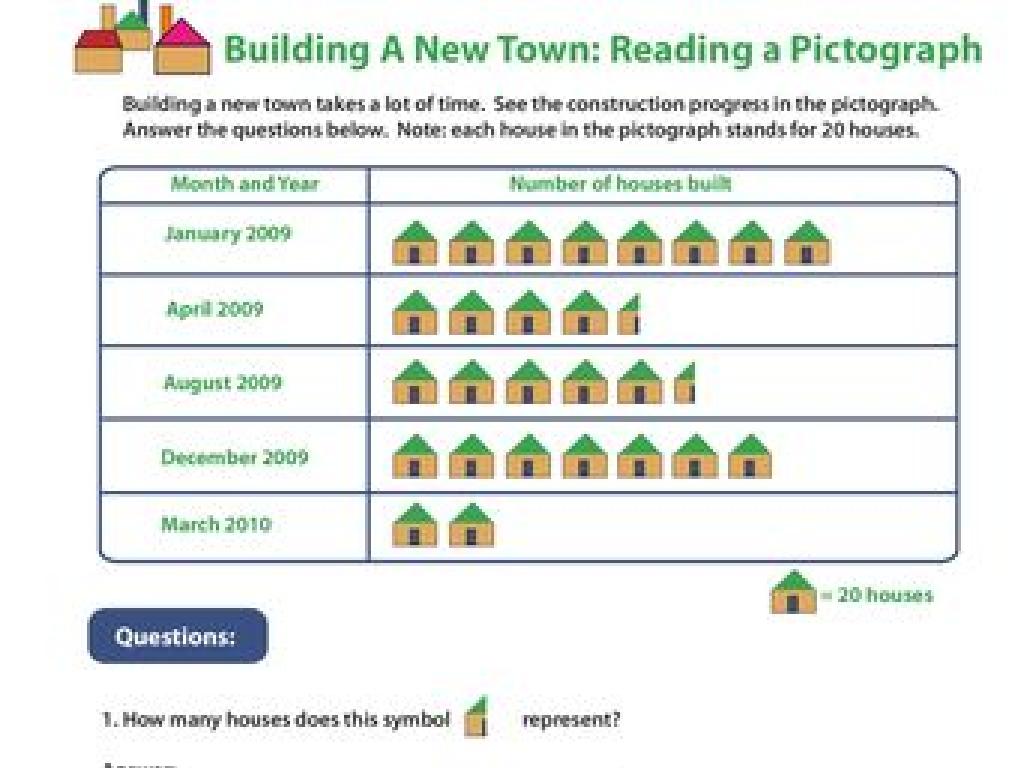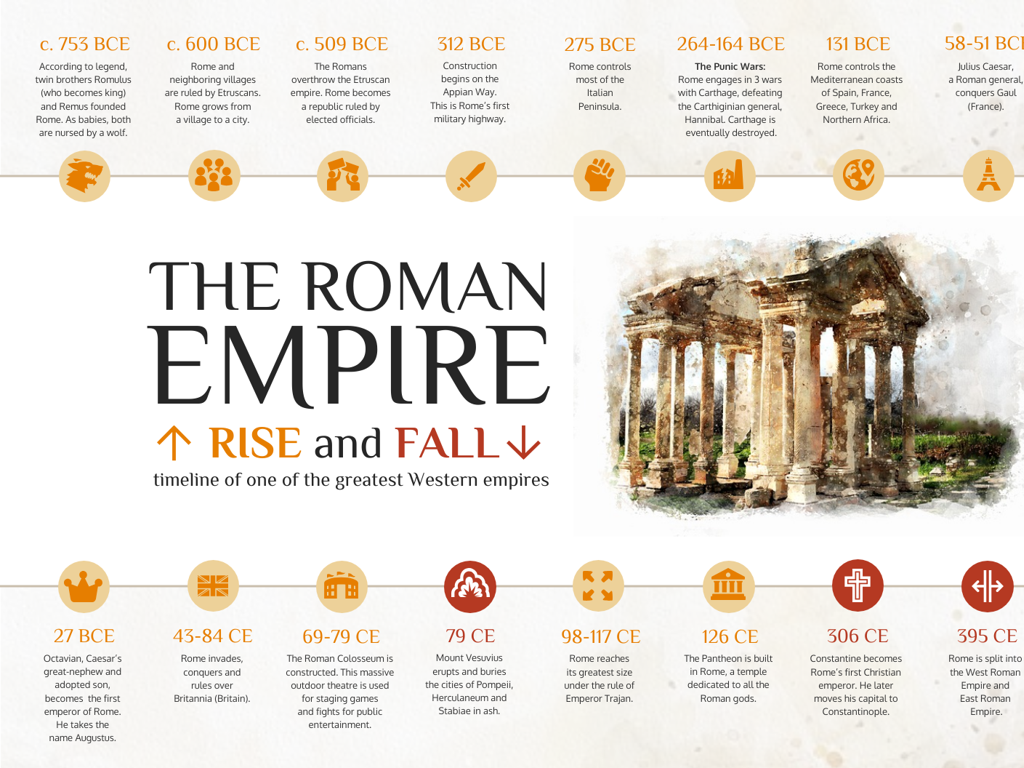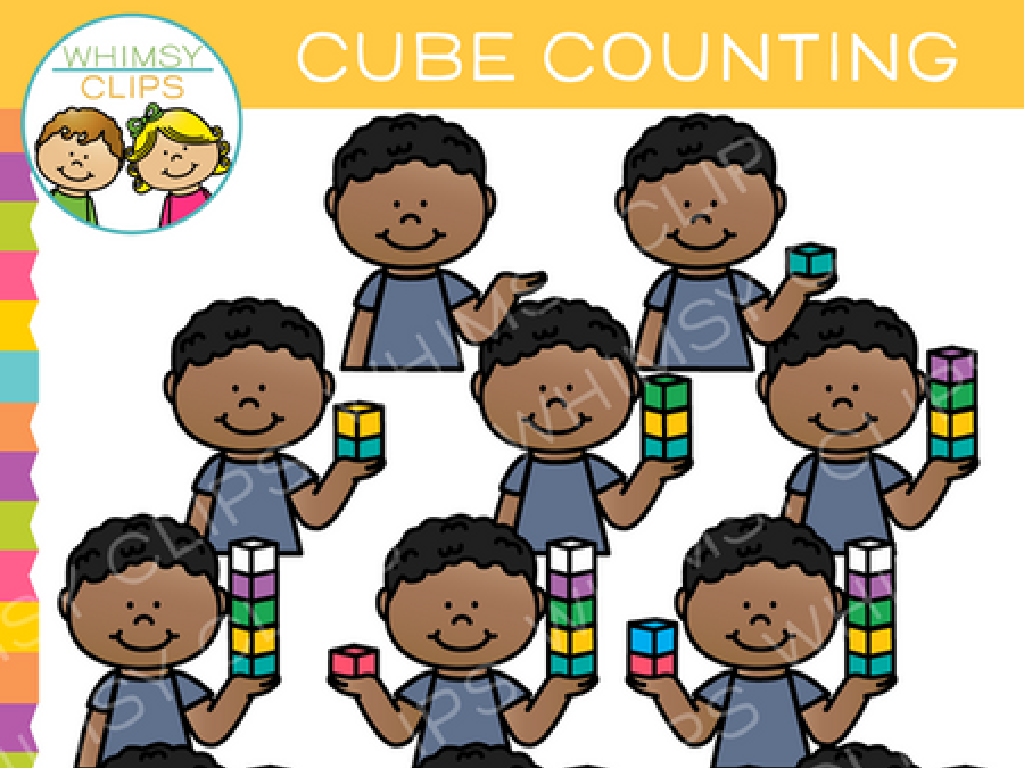Form And Use The Irregular Past Tense
Subject: Language arts
Grade: Fifth grade
Topic: Verb Tense
Please LOG IN to download the presentation. Access is available to registered users only.
View More Content
Mastering Irregular Past Tense Verbs
– Understanding different verb tenses
– Today’s focus: Irregular Past Tense
– Verbs that don’t follow regular -ed ending
– The importance of using correct tense
– Communicates time accurately in writing
– Examples of irregular past tense verbs
– ‘Go’ becomes ‘went’, ‘buy’ becomes ‘bought’
|
This slide introduces the concept of verb tenses and narrows down to the irregular past tense, which is crucial for students to learn as it doesn’t follow the standard pattern of adding -ed to the base form. Emphasize the importance of using the correct tense to convey the time of action accurately in writing and speech. Provide examples of irregular past tense verbs and encourage students to think of more examples. Discuss how using the correct tense helps readers understand when events happen. Plan an activity where students convert present tense verbs to their irregular past tense forms and use them in sentences.
Understanding Verbs: Irregular Past Tense
– Define a verb
– A verb is a word that describes an action or occurrence or indicates a state of being.
– Verbs show action or state
– Verbs are the heart of a sentence, telling us what the subject is doing or experiencing.
– Examples: run, jump, eat
– Some familiar actions verbs include: to run, to jump, to eat, to think, and to play.
– Focus on irregular past tense
– Unlike regular verbs, irregular verbs do not follow a standard pattern when changing to past tense.
|
Begin by defining what a verb is and its function in a sentence. Emphasize that verbs are not just about physical actions but also about states of being or occurrences. Provide common examples of verbs that the students are likely to know. Then, transition to explaining that while many verbs have a regular pattern when they change to past tense (e.g., add ‘ed’), some verbs do not follow this pattern and these are called irregular verbs. Examples of irregular verbs include ‘run’ which becomes ‘ran’, and ‘eat’ which becomes ‘ate’. Encourage students to think of verbs they use daily and consider how they change in the past tense.
Regular vs. Irregular Verbs
– Regular verbs add ‘-ed’
– Irregular verbs vary
– Examples: ‘talk’ becomes ‘talked’
– Regular verb example: ‘talk’ + ‘ed’ = ‘talked’
– Examples: ‘go’ becomes ‘went’
– Irregular verb example: ‘go’ does not follow a pattern, so ‘go’ becomes ‘went’
|
This slide introduces the concept of regular and irregular verbs to the students. Regular verbs are straightforward; they follow a pattern where you add ‘-ed’ to the base form to create the past tense. For example, ‘talk’ becomes ‘talked’. Irregular verbs, on the other hand, do not have a set rule and can change in various ways when forming the past tense. For instance, ‘go’ becomes ‘went’. It’s important to provide students with a list of common irregular verbs and encourage them to memorize them, as they will encounter these frequently in both spoken and written English. Use exercises where students convert present tense verbs to past tense, identifying which are regular and which are irregular.
Irregular Past Tense Verbs
– ‘Go’ changes to ‘Went’
– ‘Buy’ becomes ‘Bought’
– ‘Have’ turns into ‘Had’
– ‘Teach’ transforms to ‘Taught’
– ‘Think’ also changes to ‘Thought’
|
This slide presents examples of irregular past tense verbs, which do not follow the regular pattern of adding ‘ed’ to the base form. It’s crucial for students to memorize these as they are commonly used in daily language. Encourage the students to practice by writing sentences using each verb in both the present and past tense. Ask them to think of other irregular verbs and use them in sentences. Provide additional examples and create a classroom activity where students can quiz each other on irregular verbs to reinforce learning.
Using Irregular Past Tense in Sentences
– ‘Went’ is past of ‘go’
– Example: Yesterday, I went to the park.
– ‘Thought’ is past of ‘think’
– Example: She thought the movie was amazing.
– ‘Bought’ is past of ‘buy’
– Example: They bought a new car last month.
|
This slide aims to teach students how to correctly use irregular verbs in the past tense. Unlike regular verbs that end in ‘ed’ to show past tense, irregular verbs change in unique ways. Provide examples of sentences using irregular past tense verbs in context. Encourage students to notice the pattern of change from present to past tense in these verbs. Have them practice by creating their own sentences using a list of irregular verbs. This will help them understand that memorization and practice are key to mastering irregular past tense verbs.
Activity: Find and Correct Irregular Past Tense
– Identify incorrect past tense verbs
– Correct the sentences provided
– ‘I goed to the store.’ should be ‘I went to the store.’
– Understand irregular verb forms
– ‘She buyed a new dress.’ should be ‘She bought a new dress.’
– Practice makes perfect!
|
This activity is designed to help students recognize and correct mistakes in the use of irregular past tense verbs. Provide students with sentences that contain common errors and ask them to correct them. This exercise will reinforce their understanding of irregular verbs, which do not follow the standard ‘-ed’ ending pattern. Encourage students to explain why the original sentence was incorrect and to identify the correct form of the irregular past tense. As they work through these examples, remind them that memorization and practice are key to mastering irregular verbs. Offer additional examples if time allows and praise their efforts to promote confidence.
Let’s Practice Together: Verb Tense Relay
– Engage in Verb Tense Relay activity
– Work in small groups
– Sort verbs into past and present tense
– For example, ‘run’ is present and ‘ran’ is past
– Collaborate and discuss your choices
– Explain why you think a verb is in the past tense
|
This class activity is designed to reinforce the concept of verb tenses, specifically focusing on irregular past tense verbs. Divide the class into small groups and provide each group with a mixed list of verbs in their base form and various tenses. Students will work together to sort these verbs into two categories: past and present tense. Encourage them to discuss among themselves why they believe a verb belongs in a particular category, promoting the use of context and prior knowledge. As an extension, you can ask students to use each verb in a sentence to demonstrate its tense. Possible variations of the activity could include a timed challenge, a competition between groups, or creating a poster with their sorted lists. This hands-on activity will help students to better understand and recognize the irregular forms of past tense verbs.
Homework: Irregular Past Tense Verbs
– Write 10 sentences with irregular verbs
– Verbs that don’t follow regular -ed ending
– Use different verbs for each sentence
– For example, ‘run’ becomes ‘ran’, not ‘runned’
– Focus on past tense forms
– Remember, these verbs change in their own way
– Be creative and have fun!
|
This homework assignment is designed to reinforce the students’ understanding of irregular past tense verbs. Encourage them to think beyond common verbs and explore a variety of actions. Remind them that irregular verbs do not follow the typical ‘-ed’ ending pattern and they need to memorize these unique forms. Provide examples like ‘go’ to ‘went’ and ‘buy’ to ‘bought’. This exercise will help them recognize and correctly use irregular verbs in their writing. For the next class, plan a sharing session where students can read some of their sentences aloud, fostering a collaborative learning environment.
Wrapping Up: Irregular Past Tense Verbs
– Recap irregular past tense verbs
– Reviewed how verbs like ‘go’ become ‘went’
– Why correct tense matters
– Using the right tense tells when actions happen
– Look ahead: Regular Past Tense
– Next class, we’ll explore verbs like ‘walk’ to ‘walked’
– Practice makes perfect
|
As we conclude today’s lesson, remind students of the key irregular verbs we’ve covered and their past tense forms. Emphasize the importance of using the correct verb tense to clearly communicate when actions have taken place. Preview the next lesson on regular past tense verbs, which follow a more predictable pattern. Encourage students to practice using both regular and irregular verbs in past tense to build their confidence and proficiency in language arts.






